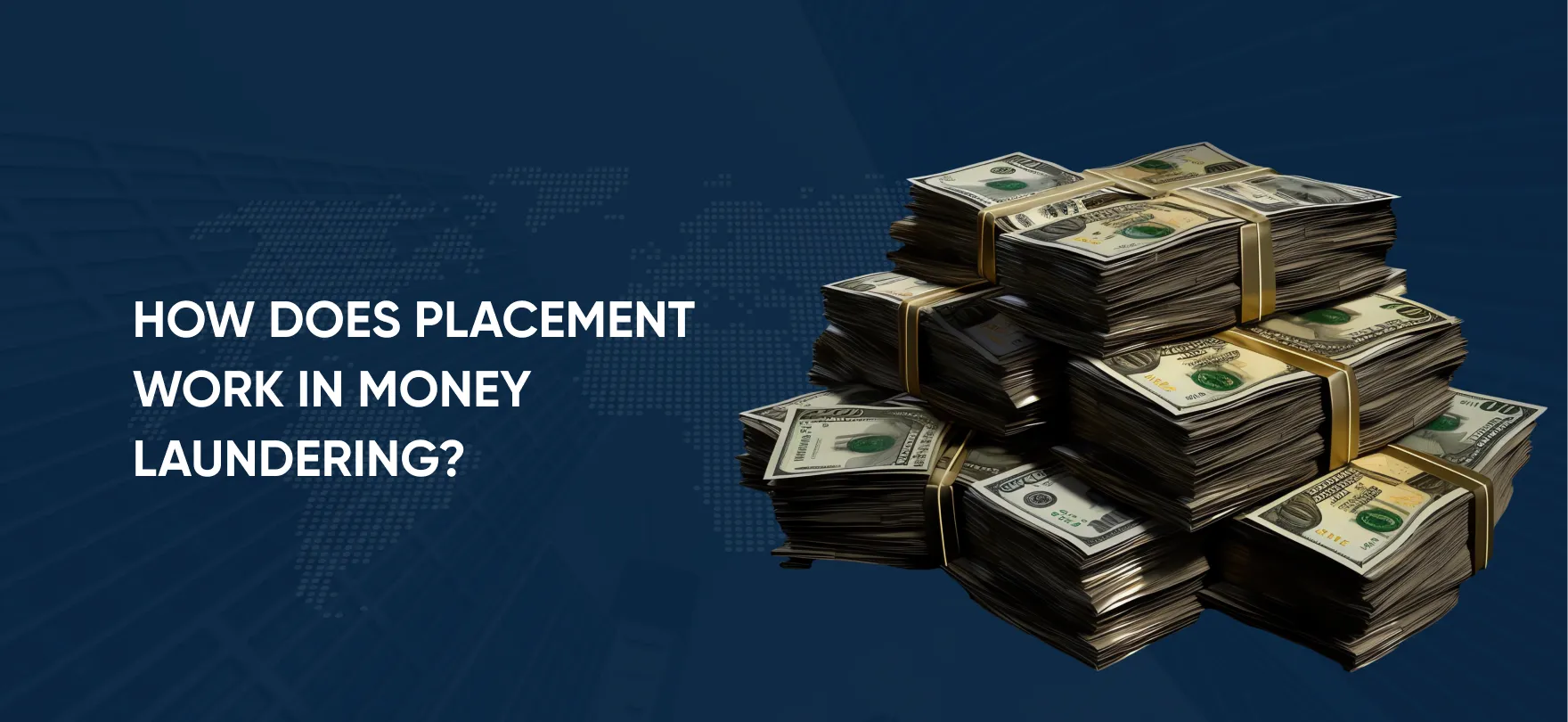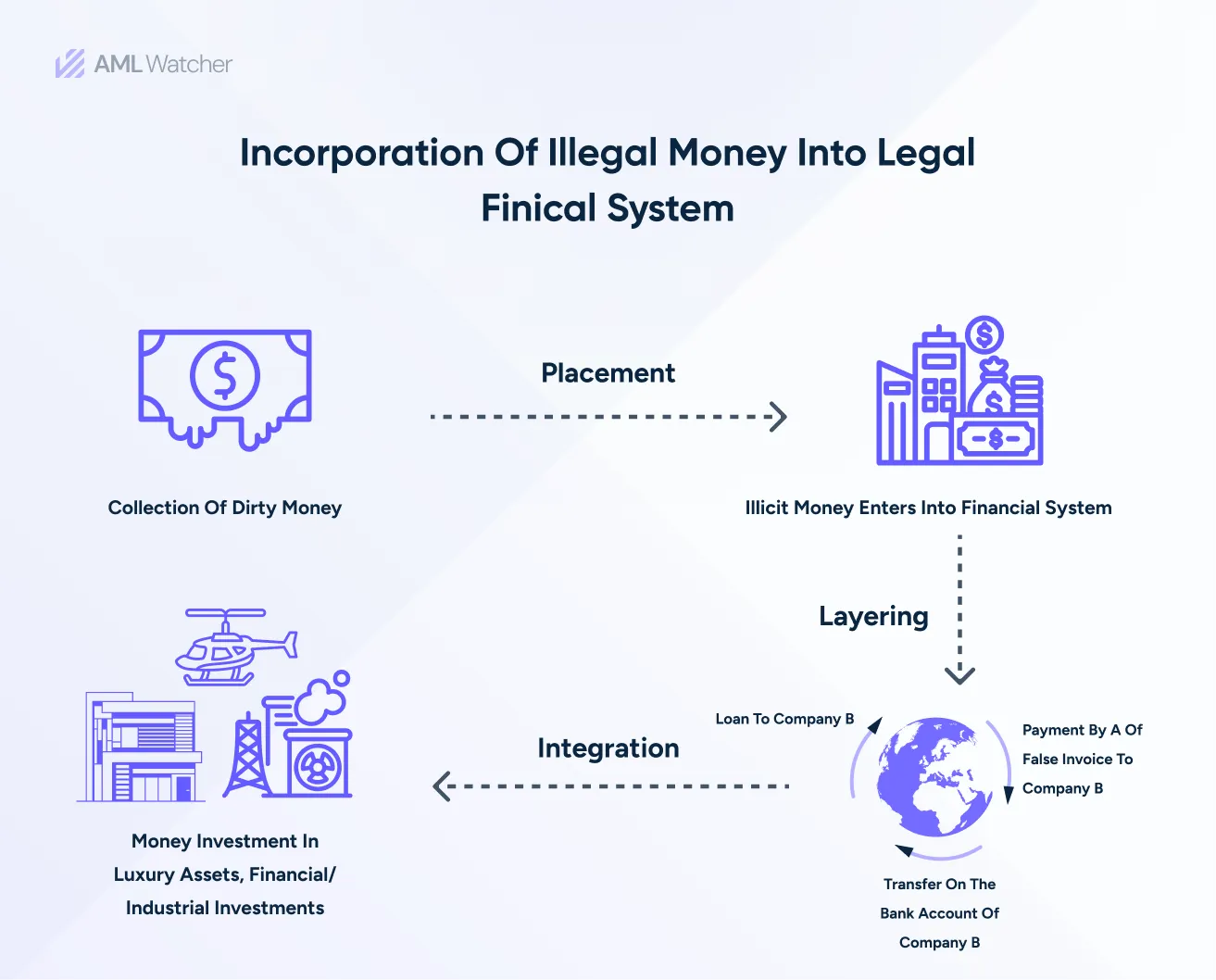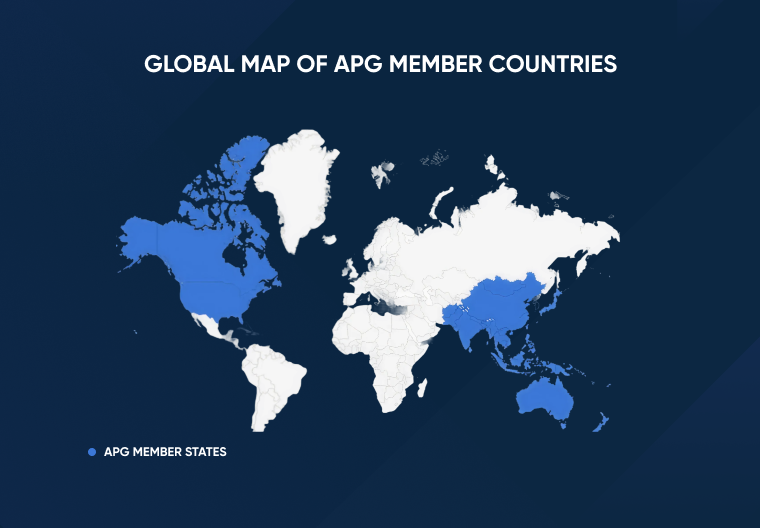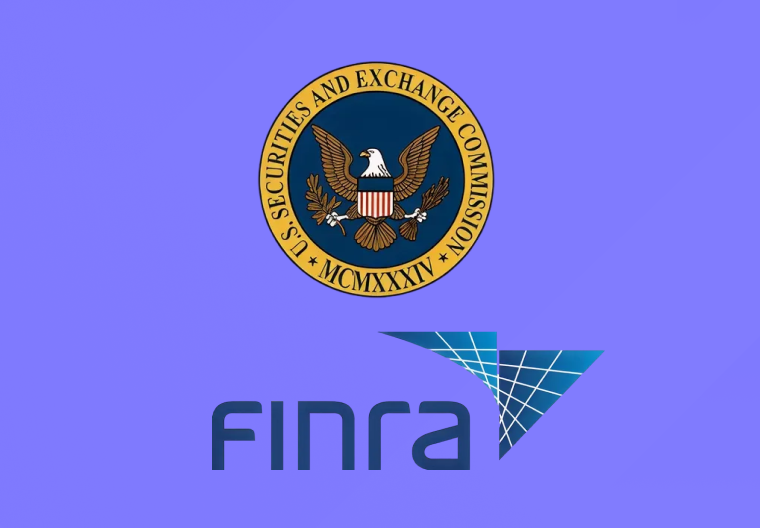
How Does Placement Work In Money Laundering?
Is the Placement stage in money laundering just the first step, or is it where the real danger begins?
Financial institutions have struggled with money laundering, which is portraying illegal sources as legitimate.
To finance illegal operations, including the selling of weapons, human trafficking, and fraud, criminals hide the source of funds.
Professional launderers in this illegal activity threaten the financial system’s integrity.
The following article will detail the money laundering process, focusing on Placement and other progressive stages.
Historical Perspective on the Origin of Money Laundering
The practice of money laundering has ancient origins. How did it begin?
It all started when the Chinese government did not encourage commercial business, and wealthy merchants searched for ways to transport profits outside the country as early as 2000 BCE. They then used this money to invest in other projects, similar to how money is laundered today.
When did it become a popular trend? Money laundering became more popular in the United States in the 1920s during Prohibition.
Laundromats are said to have served as tools by Al Capone, the notorious Chicago mob boss, to hide the source of earnings from the sale of illegal alcohol. They mixed illegal money with tax-paying income, repurchasing the illegal money into the banking system.
Series such as ‘The Godfather’ and “Money Heist” portray these activities through artistic representation.
Bonus: Are you a fan of “Money Heist” (La Casa De Papel) and fascinated by the ingenious tactics used by the notorious robbers? This show ideally sheds light on the dark world of money laundering.
Breakdown of 4 Steps of Money Laundering
Placement as Initial Stage
The first stage of money laundering is Placement. Placement money laundering meaning is a placing or integrating of illegal money obtained by illicit source into a clean legal Financial system.
The core components include the following:
-
Masking the Origin
Professional criminals know how to cover up their crimes. Money launderers mask the origin of their illicit money, so the identification and detection of the money can’t be achieved, thus increasing the difficulty of finding the owner who belongs to it.
-
Breakdown of Large Amounts
The breakdown of significant funds into smaller ones is smurfing in money laundering, so the illicit funds escape detection and surpass the phase of doubt and detection.
After that, criminals take planned and calculated actions, thus reintroducing the scattered amounts into the typical and legal financial system.
-
Variation Of Techniques
A variety of methods are incorporated into money laundering to place unlicensed funds into a legal organization. One prominent way is using foreign accounts so that dirty money passes the detection process in one’s country’s system.
Smaller transactions from different banks are also another way to ensure banks don’t consider significant withdrawals. Moreover, fake invoicing is another method of concealment.
-
Sensitive to Identification
Although criminals know how to plan for better money, regulatory bodies, and their workers have experience identifying their pattern by looking out for money inflows.
Time to look into different ways by which money laundering works!
It is fair enough to conclude that by disguising the origins of illegally obtained money, criminals are able to reintegrate their illicit funds into the financial system without raising suspicion.
So, the primary purpose of hiding the money moves using the next stage called “Layering”
What’s the Next Step in the Process?
After placement in money laundering, the next phase is layering. Complex layers are added using different means, such as strategic transactions, to hide the primary source and the belongings of illegal amounts.
The core components of it are as follows:
-
Applicable Techniques for Covering up
Money launderers apply techniques to hinder the detection process as they convert their money into different currencies, convert scatter amounts into various sources, and increase the transfer of funds between different banks and submit.
Withdrawal of cash in an organized manner and Purchasing of high-value goods such as diamonds, vehicles, or real estate are examples of such transactions.
-
Complexity and Confusion
Layering creates a complex web of transactions, making it harder for authorities to track the money’s illicit origins. The launderers intend to confuse the paper trail and avoid detection using financial facilitators and transactions in various states.
-
Identification Challenges
Detection issues for anti-money laundering AML programs include the complexity of transactions and the involvement of legitimate organizations, which make it difficult to differentiate between legal and illegal activities.
Recognizing layering indicators, such as unexpected large-volume cryptocurrency purchases or a sequence of complex financial transfers, is vital for effective money laundering detection and prevention.
Note: Shell companies are another way to conceal the actual ownership of the funds. Find out how this facilitates the process of money laundering.
Last Stage in the Process
The integration stage is the final stage in the money laundering process, in which launderers attempt to effortlessly blend fraudulently obtained money into the approved financial system.
The last phase includes using the funds to buy products and services without raising concerns among law enforcement or tax authorities. The core components are as follows:
Criminals use different strategies to incorporate, including creating fake staff members and collecting cash, extending loans to directors or shareholders, and giving payouts to control companies.
-
Blending Illicit funds:
During integration, launderers reintroduce concealed cash into the regular economy. The laundered money becomes nearly unrecognizable from legitimately acquired capital by participating in routine financial transactions and investing in valuable possessions such as artwork, jewelry, motor vehicles, or property.
-
Prevention Difficulties
Detecting illicit currency flow during integration is a big problem for anti-money laundering investigators. Launderers systematically conceal the source of the funds, allowing it to appear authentic while avoiding doubt and attention from regulatory bodies.
After laundering, illicit money is reintroduced into the economy as legitimate transactions. These operations may include real estate money laundering deals, front firms, fraudulent loans, foreign bank cooperation, or false import/export invoices, making it difficult to discriminate between lawful and illicit activity.
The visual representation of the process perfectly explains how the process works!
Top 2 Ways to Avoid Placement in Money Laundering
Substantial restrictions have been implemented for governments to follow to prevent money laundering. This aids in global combat against illegal money operations.
Organizations should abide by these standards and collaborate with law enforcement to arrest those responsible.
-
Compliance Mindset and Knowledge
Institutions need to establish a culture of compliance by instructing employees on the significance of regulatory procedures. Non-compliance can have long-term effects; therefore, safeguarding the world’s financial system from corrupt individuals is critical.
-
Know Your Customer and AML Monitoring
Businesses must comply with legal guidelines by undertaking extensive verification and screening processes for both prospective and current clients. Know Your Customer (KYC) and Anti-Money Laundering AML screening should be integrated into compliance procedures.
Concerns in Money Laundering described in UNODC Report
According to the new research by UNODC (United Nations Office on Drugs and Crime) published in Bangkok (Thailand) on January 15, 2024, digital currency like bitcoins, gambling, and cruises have been identified as essential elements of East and Southeast Asia’s hidden banking and money laundering systems.
Below are the key takeaways from the report and how these points relate to placement in money laundering.
-
Southeast Asia’s Illicit Economy
Transnational organized crime and illicit economy have presented significant issues in Southeast Asia. The Golden Triangle and Shan State in Myanmar have emerged as essential sites for synthetic drug manufacturing, particularly methamphetamine.
In addition, a less obvious but related trend is the evolution of regional illicit banking and money laundering practices. Production of drugs requires large amounts of money to buy machines and supply across the country and borders.
The gains from drug trafficking must be hidden by finding out the means, so placing illicit money into a regular financial system can be easy.
-
Shifting Dynamics in Southeast Asia
The casino industry in Southeast Asia, particularly around the Mekong region, has expanded quickly in recent years. Money launderers utilize casinos to transfer illicit money into chips in the Placement money laundering phase.
As of early 2022, there will be more than 340 registered and unlicensed land-based casinos. This growth correlates with regulatory initiatives in Macau SAR focused on combating illegal capital movements, corruption, and money laundering.
Several famous junket owners, including Alvin Chau of Suncity and Levo Chan of Tak Chun, were detained between 2019 and 2023. Despite their morals, the sector thrives, with operators and participants moving their concentration to Southeast Asia’s poorly administered Special Economic Zones (SEZs).
The online gambling market is expected to reach over $205 billion by 2030, with the Asia Pacific accounting for 37% of the growth from 2022 to 2026. The ‘offshore’ internet casino business (including sports betting) in Southeast Asia’s high-risk states, mainly the Mekong area, poses an essential threat to authorities within and outside the region.
Resource Pack: Check out our expert guide on measures to establish a control framework for money laundering placement steps.
How does AML Watcher Help?
Maintaining compliance and relying on technological improvements are paramount in today’s ever-evolving regulatory world. AML Watcher is your reliable partner, guaranteeing complete information exposure and jurisdictional analytics to accelerate AML screenings and ensure regulatory compliance.
With a primary focus on research and innovation, we offer the tools and resources you require to manage complicated compliance regulations efficiently.
Contact us to address your specific compliance requirements and stay current on regulatory standards.
We are here to consult you
Switch to AML Watcher today and reduce your current AML cost by 50% - no questions asked.
- Find right product and pricing for your business
- Get your current solution provider audit & minimise your changeover risk
- Gain expert insights with quick response time to your queries




